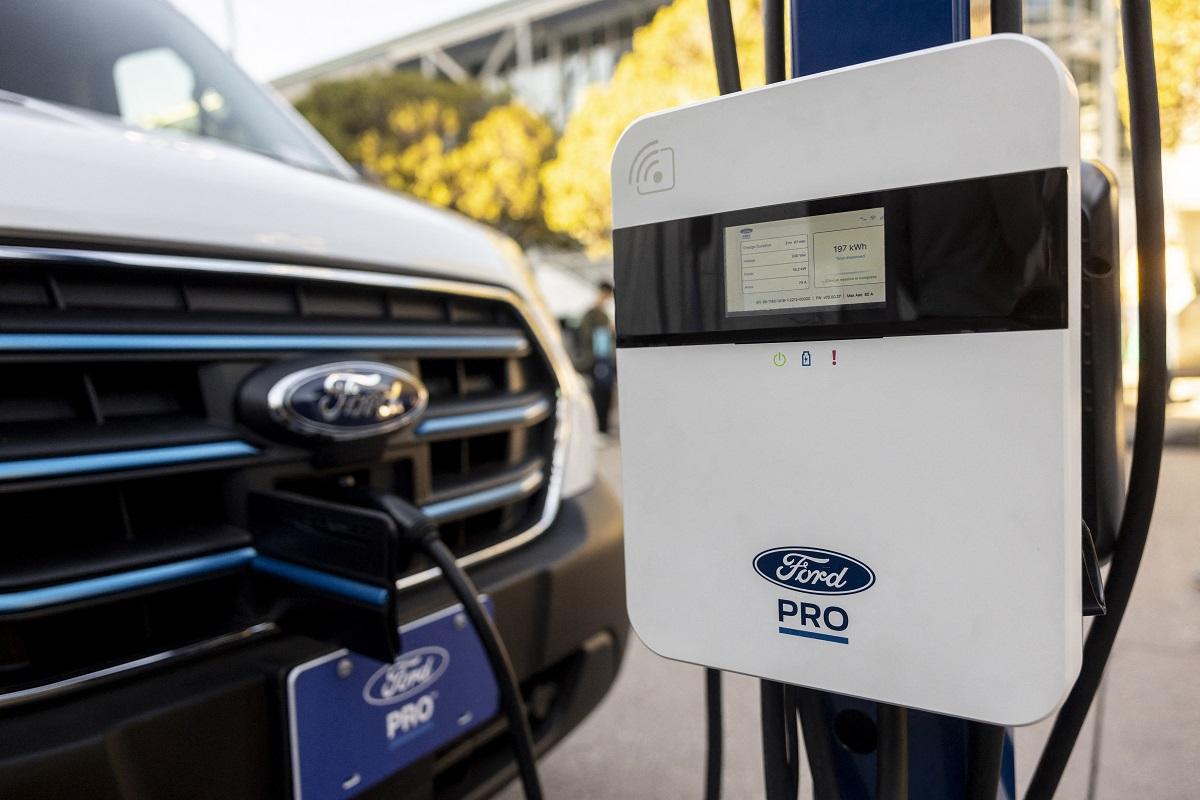‘Current’ trend: Pinoy car buyers warming up to EVs, says Ford study

Electric vehicles are upon us. If there’s any doubt, just look around. Chances are you’ll see an EV or at least a hybrid car plying the streets of Metro Manila.
There were more than 16,000 registered EVs in the Philippines last year. The number is less than five percent of the total 436,000 vehicles listed up.
But by industry estimates, the number could be doubled by year-end 2024. The Electric Vehicle Association of the Philippines (EVAP) predicted that the number of EVs in the Philippines will increase to 6.6 million by 2030.
So yeah, bright as a day; Filipino car buyers are no longer looking at EV as a fad. In fact, in a new study commissioned by Ford Motors shows many Filipinos being open to owning or riding in EVs, convinced of their innate advantage over gas-fed vehicles—even though, as Ford Philippines corporate communications head EJ Francisco acknowledges, there are no EVs yet in their portfolio.
"EV" refers to the entire gamut of electric-run vehicles, from full EVs that run exclusively on rechargeable batteries to those loosely termed as hybrids, or those that combine internal combustion engines with electric motors.
The Ford study said that 44 percent of Filipinos are seriously considering an EV purchase within the next year, with most leaning towards hybrid models.
Why not? Full EVs these days could run for at least 200 kilometers on a single charge—some double that. Imagine how much one could save on gas. And we’re not yet talking about its contribution to cleaner air.
Also, EVs and hybrids are exempted from “coding” as provided by the Electric Vehicle Industry Development Act or Republic Act No. 11697, at least until 2030.
If you eventually choose a full EV that would mean freedom from maintenance expenses like oil changes or repairs. And more EV manufacturers offer as much as eight years of warranty.
However, the findings also highlighted that though there’s growing interest in EVs, significant challenges remain, particularly when it comes to the availability of charging infrastructure.
That’s understandable as there are only 96 commercial EV charging stations in the Philippines, according to a separate report.
Changing views
The survey, conducted by global research and analytics firm Escalent in April and May this year, was conducted online with 1,470 participants in the Philippines, Australia, Saudi Arabia, New Zealand, South Africa, South Korea, Thailand, Vietnam and the United Arab Emirates.
Ford’s multi-market research surveyed Filipino drivers, both current car owners and potential buyers, to better understand the nation’s attitudes toward electrified mobility. The insights are crucial as Ford plans its shift toward an all-electric future.
Some of the takeaways include that over 49 percent of respondents have already ridden in an EV, and 33 percent have driven one themselves.
Nearly 70 percent of those surveyed agree that owning an electrified vehicle in the Philippines makes sense, particularly for city commutes and as part of the growing push for more sustainable transport solutions.
The general sentiment toward EVs is largely positive, with respondents describing them as “fun to drive,” “cool,” and “sporty.”
Indeed, in a short span of time, the EV has transformed itself from being the dorky guy in class into a cool jock. The survey revealed that EVs are becoming the vehicle of choice for those seeking to make a good impression.
Over 80 percent of respondents said they would choose an EV to make a great first impression, and more than half said they’d be more inclined to date someone who drives one. It seems that, in the Philippines, owning an electrified vehicle might just be the key to winning someone’s heart.
Too few charging stations
However, a significant barrier to EV adoption in the Philippines is the lack of charging infrastructure.
A troubling 39 percent of respondents cited the absence of charging stations as the primary obstacle to EV ownership. In fact, nearly half of those surveyed were unaware of any charging stations within 20 kilometers of their home, with many expressing a desire for charging stations to be as ubiquitous as gas stations.
The survey also revealed that respondents preferred charging stations to be located at service stations, shopping malls, and public parks.
When it comes to the ideal electrified vehicle, most Filipinos said that if cost were not a factor, they would choose a hybrid vehicle. The second most preferred choice was a plug-in hybrid electric vehicle (PHEV), followed by a battery electric vehicle (BEV).
Nearly 85 percent of respondents also expressed interest in an EV with greater towing capacity, and the same percentage showed a desire for off-road capability.
Ford plans to bring electrification to the forefront of its lineup, with models like the Mustang Mach-E, E-Transit, and Ranger PHEV leading the charge. But when will they be coming to the Philippines?
By expanding the availability of electrified versions of its most popular vehicles, the American car giant aims to combine performance, capability, and sustainability, meeting the needs of drivers while also contributing to a cleaner, greener future. — BM, GMA Integrated News




